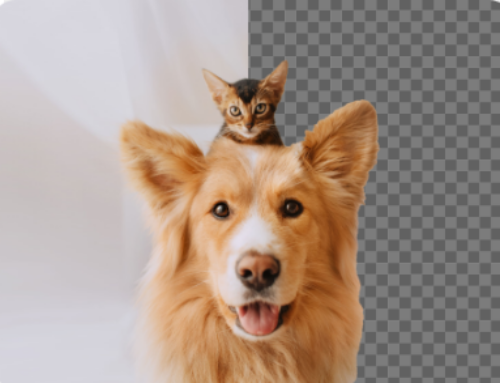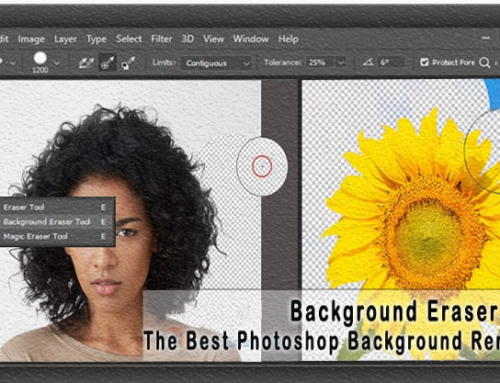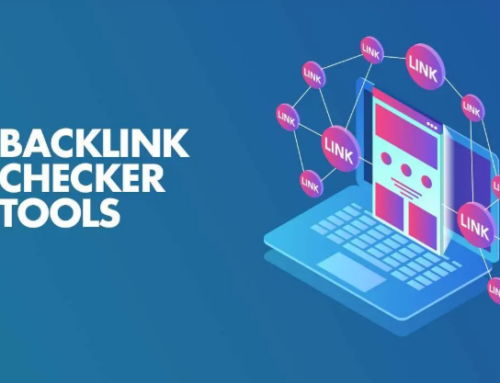You’ve got a stack of JPG vs. PDF files—photos, scanned documents, random memes—just sitting on your device. They’re scattered, unorganized. Maybe they’re from your last vacation, a collection of important receipts, or snapshots of notes from a meeting. You think, “Maybe I should put these together into a single file.”
But should you keep them as JPG vs. PDF? That’s a crucial question, and the answer depends on what you plan to do with the images. Let’s break it down.
JPG – The Quick and Handy One
JPGs are like the instant noodles of image formats—quick, easy, and popular everywhere. They work seamlessly on virtually every device, from smartphones to desktops, and are often the default format for photos taken on cameras and mobile phones.
Why use JPG?
- Small File Size: JPGs use lossy compression, which reduces file size significantly, making them easy to upload, share, and store.
- Universal Compatibility: This format works on almost all devices and can be opened with default apps on Windows, macOS, and mobile devices without needing additional software.
- Good for Photos: JPGs are optimized for photographic content, making them perfect for online visuals, social media, and web-based use.
- Easy Editing: If you need to tweak colors, crop, or resize an image, JPGs are simple to work with using a variety of tools and applications.
When not to use JPG:
- If you need to share multiple images as a single, organized document: Scattered JPGs can be cumbersome when you need to present a series of images in order. Sending multiple files separately can be messy.
- When you want a professional, presentation-ready format: JPGs don’t support text overlays, interactive elements, or a structured layout like PDFs do.
- If quality is a concern: Every time a JPG is saved, some data is lost due to compression, which may lead to a reduction in image clarity over time.
PDF – The Polished, Professional Format
On the other hand, PDFs are like hardcover books—organized, structured, and respected. They maintain layout and quality across all platforms and are widely used for official documents, portfolios, and professional presentations.
Why use PDF?
- Multi-Page Documents: PDFs allow you to combine multiple images into a single, scrollable file, making them ideal for reports, contracts, and scanned documents.
- Professional Presentation: If you want to send a business proposal, portfolio, or any formal document, PDF is the way to go. It gives a polished and structured appearance.
- Consistent Formatting: Unlike JPGs, which might appear differently on various screens, PDFs retain their formatting regardless of the device or software used to open them.
- Supports Text and Links: Unlike static image formats, PDFs can include interactive elements like hyperlinks, embedded fonts, and even digital signatures.
When not to use PDF:
- If you need a quick, single-image upload: PDFs are unnecessary for individual images that don’t require additional formatting.
- When editing is a priority: While PDFs can be modified, they aren’t as easily editable as JPGs. Editing a PDF often requires specialized software.
- If you need a lightweight format: PDFs tend to be larger in size, which may not be ideal for quick sharing or web uploads.
JPG vs. PDF: Side-by-Side Comparison
| Feature | JPG | |
|---|---|---|
| File Size | Smaller, lossy compression | Larger, but organized |
| Editing | Easily editable | Not easily editable |
| Multi-Page Capability | No | Yes |
| Best For | Quick uploads, photos | Professional presentations, reports |
Which One Should You Choose? JPG vs. PDF
To determine which format is best, ask yourself:
- Do you need to organize multiple images in one file? Go for PDF.
- Is this for a professional presentation or portfolio? Choose PDF.
- Do you just need to quickly share a single image? Stick with JPG.
- Do you need to edit your images often? JPGs offer better flexibility.
- Are you dealing with scanned documents that should maintain structure? PDFs are the better choice.
However, if you’re dealing with a bunch of scattered images and need an easy way to convert and organize them, an AI-powered solution can save you time. That’s where Writecream’s AI JPG to PDF Converter comes in. No downloads, no sign-ups—just quick, polished results.
The Bottom Line
JPGs are fast, versatile, and widely supported. They’re great for quick sharing and casual use. But when it comes to organization, professionalism, and long-term document storage, PDFs are the superior choice.
With Writecream’s AI JPG to PDF Converter, you can turn a chaotic collection of images into a sleek, shareable, and professional PDF. No more clutter—just a simple, effective way to store and present your images.
Ready to convert? Try Writecream’s AI JPG to PDF Converter now!


